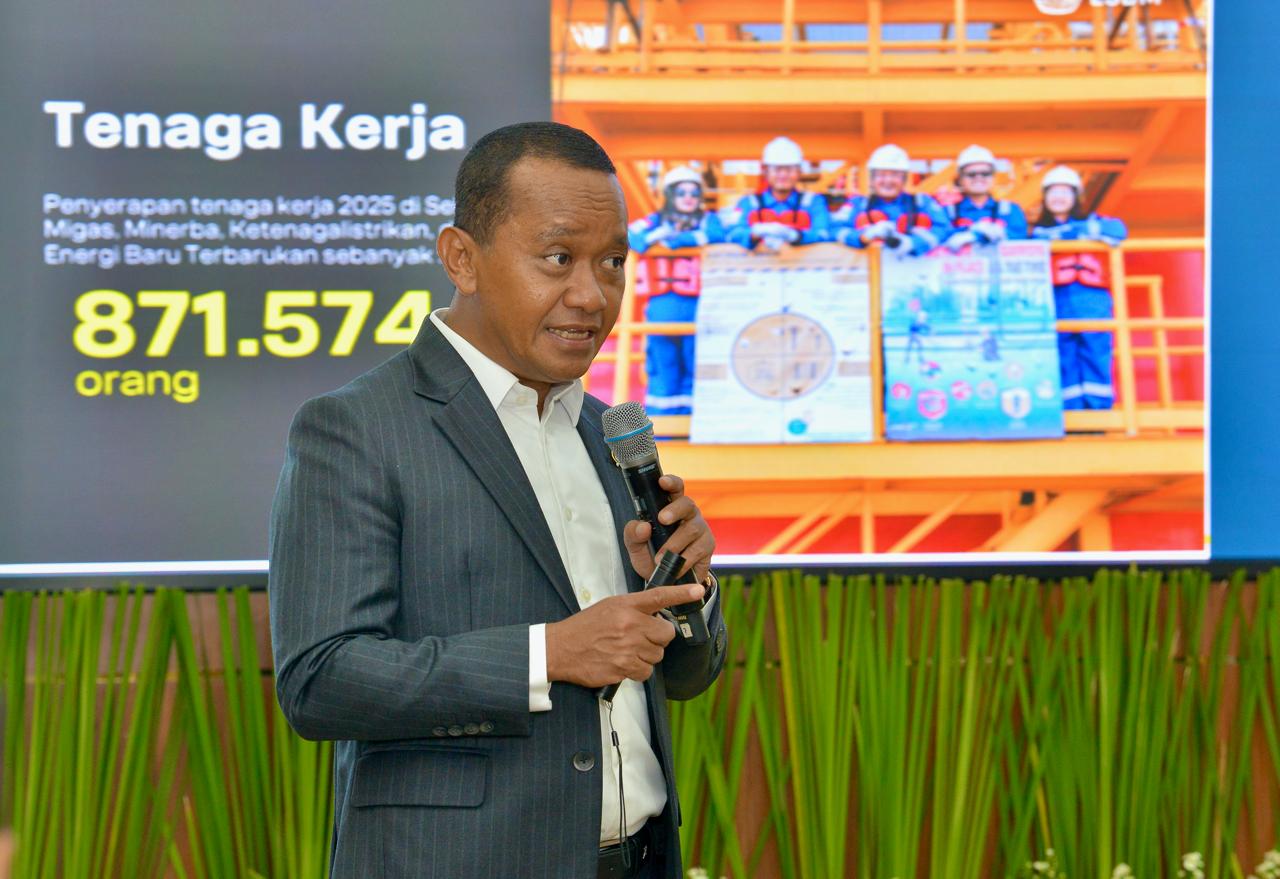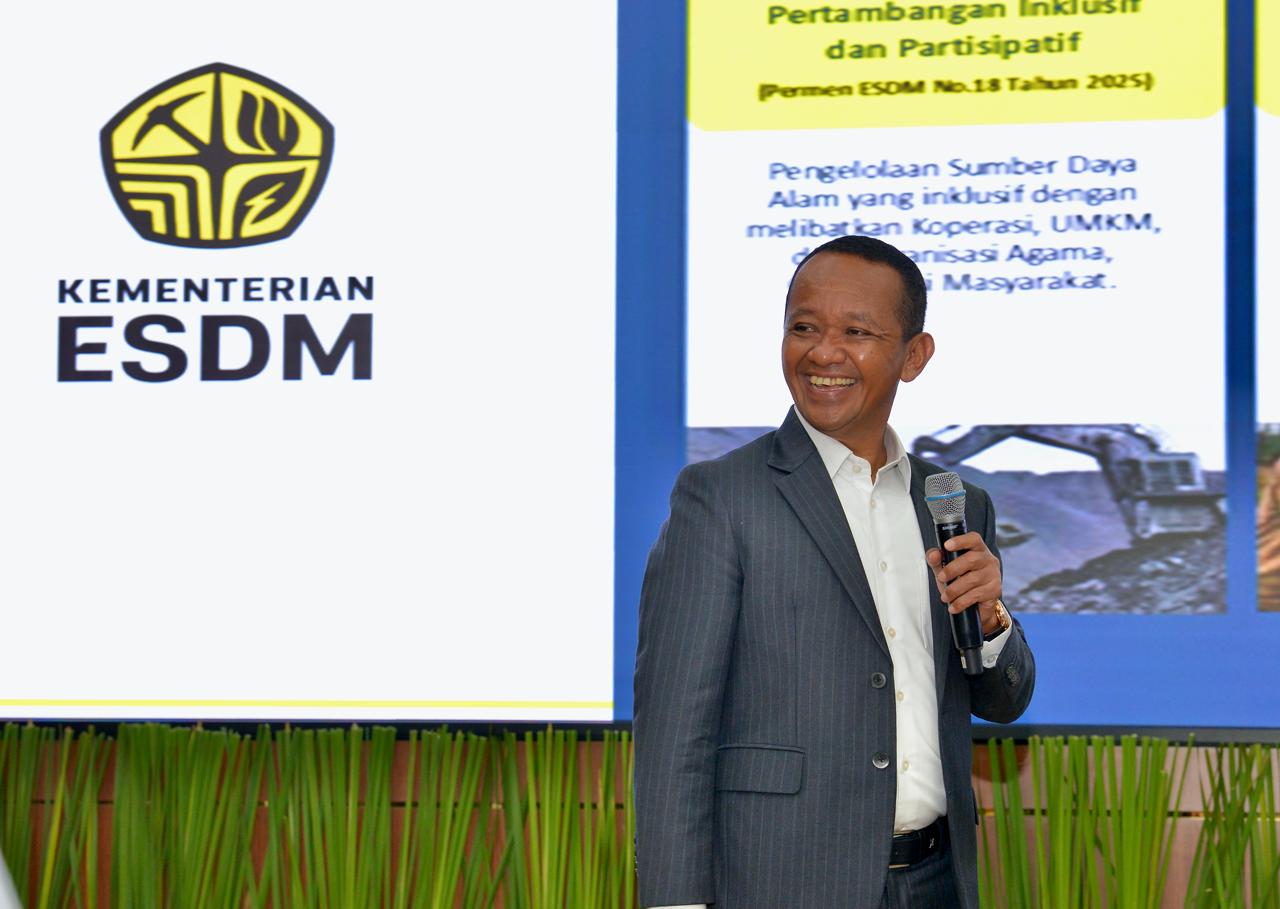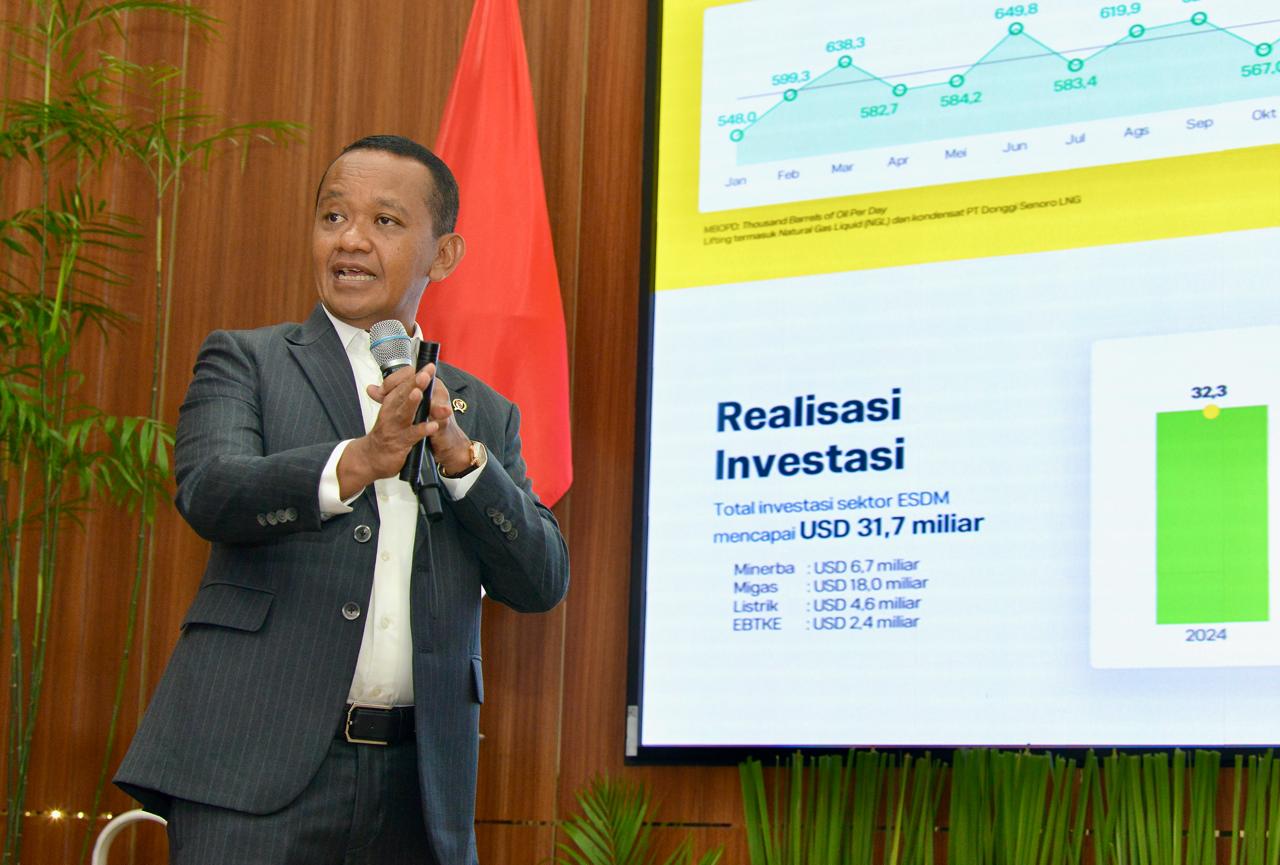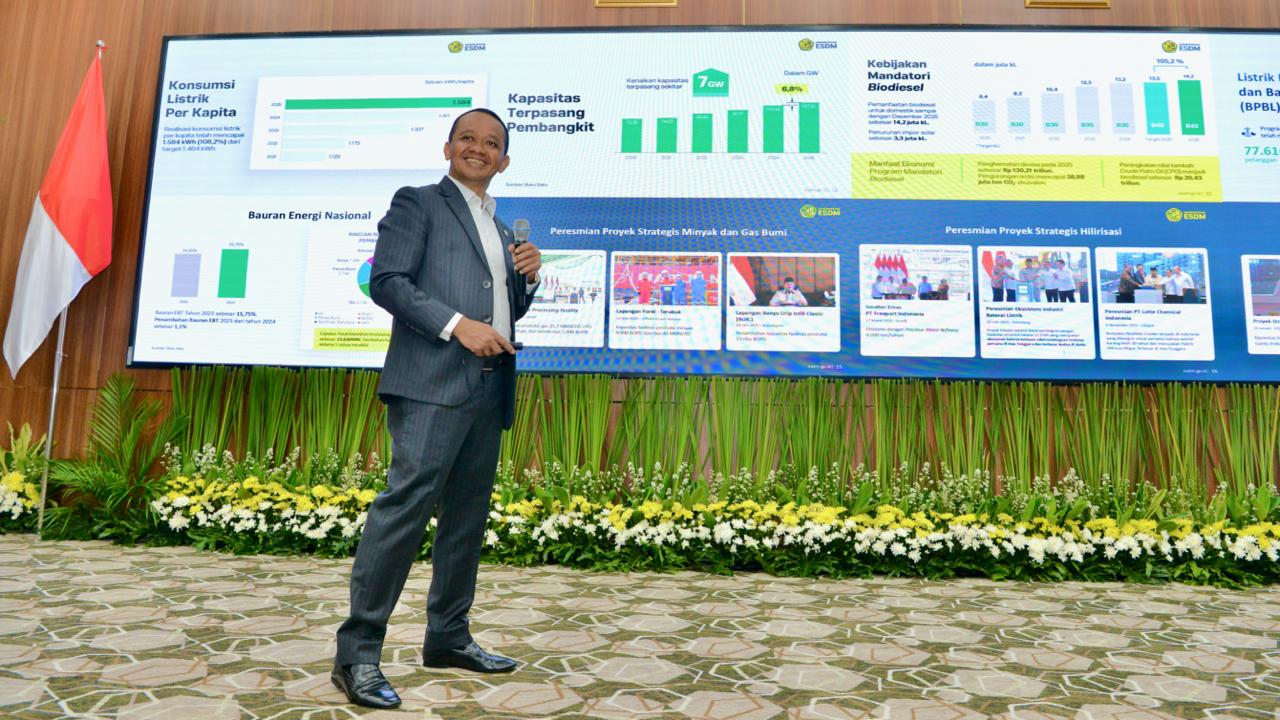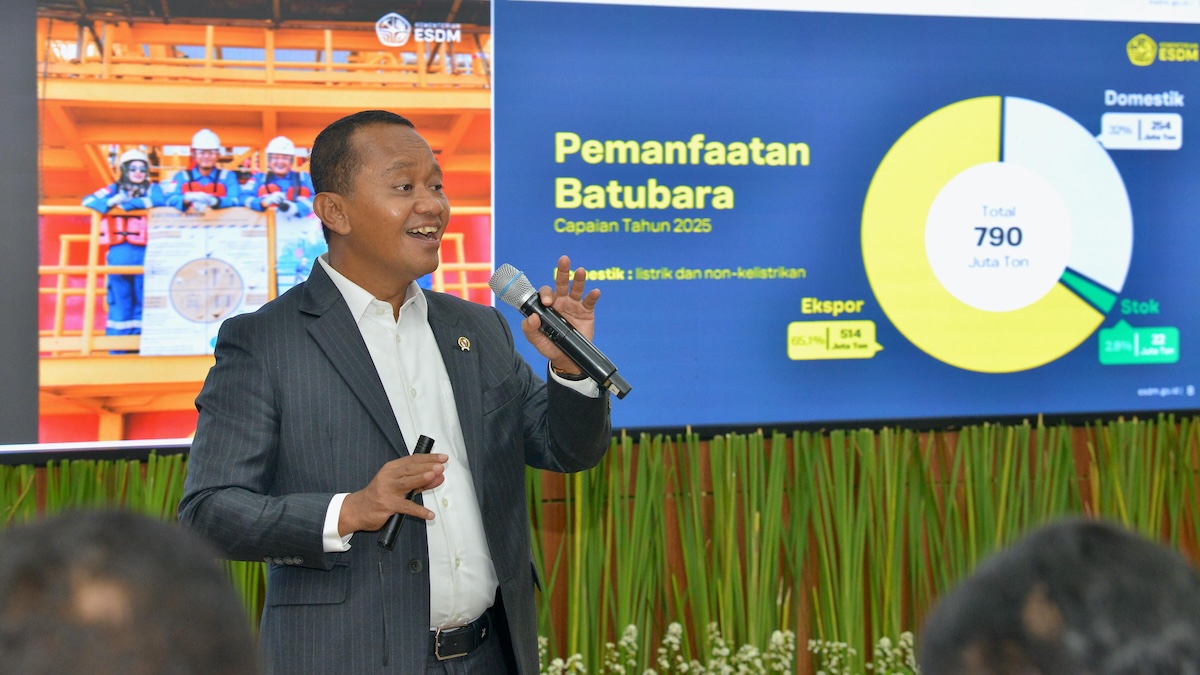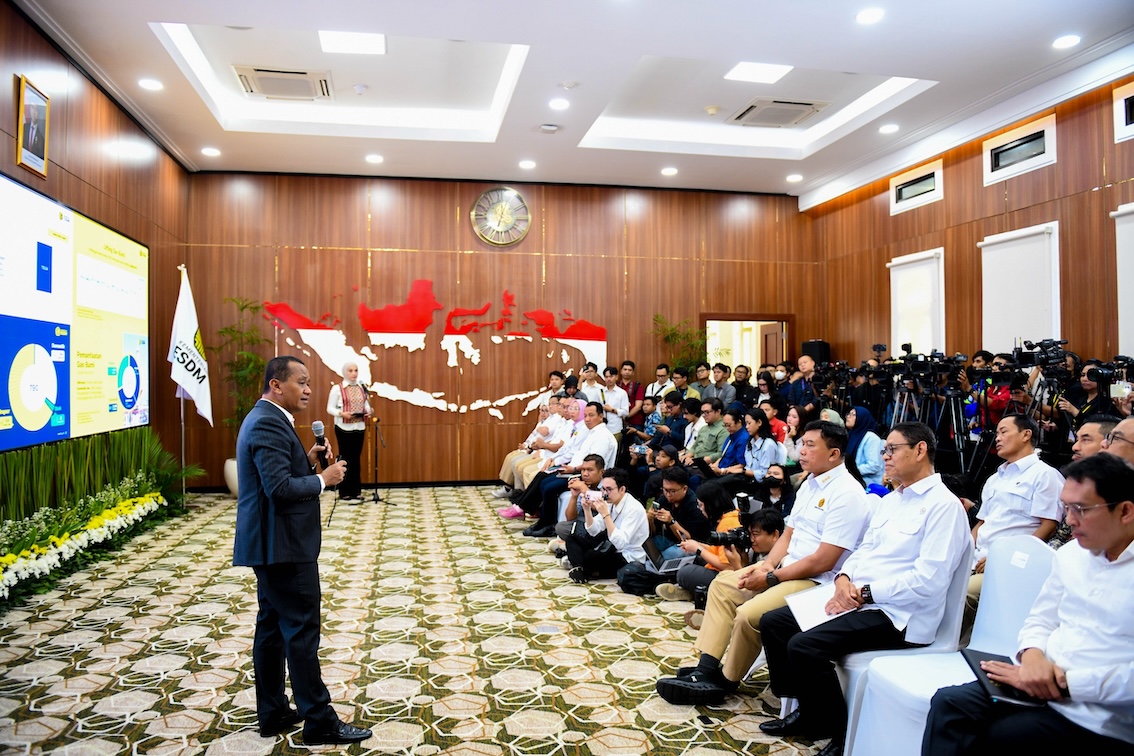
Indonesia to Invest More in Solar Energy
MINISTRY OF ENERGY AND MINERAL RESOURCES
PRESS RELEASE
NUMBER: 132.Pers/04/SJI/2021
Date: 15 April 2021
Indonesia to Invest More in Solar Energy
Public trust in renewable energy is building up along with the number of clean energy-producing products available on the market. One these products is rooftop photovoltaic (PV) system. Besides its ease of operation, a rooftop PV system now offers lower installation cost and has become more economical than ever. It comes as no surprise that in recent years, market interest in rooftop PV system has increased sharply.
Director General of New, Renewable Energy and Energy Conservation of Indonesian Ministry of Energy and Mineral Resources (EMR), Dadan Kusdiana, said that rooftop PV is promoted to accelerate the 23% target of renewables in the energy mix by 2025. The massive growth of rooftop PV is obvious from the current installed capacity. "As of January 2021, there are 3,152 consumers with a total installed capacity of 22,632 Mega Watt peak (MWp)," said Dadan in Jakarta on Thursday (15/4).
The largest rooftop PV is installed on PT Coca Cola's plant in Cikarang, West Java, with a capacity of 7.2 MWp. In fact, this system is the largest in Southeast Asia. Rooftop PV is also installed on Danone Aqua's plant in Klaten, Central Java (3 MWp), oil refinery units (3.36 MWp), Sei Mangkei industrial zone in North Sumatra (2 MWp), office buildings of Ministry of EMR (859 kWp), airport operator Angkasa Pura II (241 kWp), and state oil and gas company Pertamina's gas stations (52 kWp). "The capacity does not include household consumers, which trend is growing. For this reason, we are optimistic about the market opportunity for solar energy," said Dadan.
Dadan is optimistic that the addition of rooftop PV can reduce 3.2 million tons of CO2e. This effort will be tied with a target to increase installed capacity of up to 2.14 Giga Watt (GW) by 2030, focusing on the buildings and facilities of state-owned enterprises of 742 MW, industries and businesses (624.2 MW), households (648.7 MW), consumers of state electricity company PLN and social groups (6.8 MW), and government buildings (42.9 MW).
"We are trying to harmonize the existing regulations through a presidential regulation on renewable energy tariffs and revision of the regulation of Minister of Energy and Mineral Resources so that people are more interested in investing. Especially for rooftop PV, God willing, we've set a target of 70 MW, while the realization in 2020 was 13.4 MW," explained Dadan.
There are four legal umbrellas that regulate the installation of rooftop PV, namely Government Regulation Number 25 of 2021 on the Implementation of the Energy and Mineral Resources Sector, Government Regulation Number 14 of 2012 on Business Activities to Provide Electricity, Regulation of Minister of Energy and Mineral Resources Number 49 of 2018 on the Use of Rooftop PV by PLN Consumers, and Regulation of Minister of Energy and Mineral Resources Number 12 of 2019 on the Capacity of Captive Power Plants which are Run Based on Operation Permit.
"The installation of rooftop PV can technically reduce the cost of monthly electricity bills by about 30% compared to electricity consumption through PLN networks. The volume depends on the power capacity of the installed rooftop PV and the monthly electricity consumption. If there is excess electricity, 65% of the exported volume will deduct the electricity bill of the following month," said Dadan.
Dadan went on to explain that determination of a maximum export value of 65% has considered PLN's distribution and generation costs of around 2/3 of the electricity tariff. Meanwhile, the remaining 35 percent is considered as compensation for the cost of storage by PLN. "In the context of efficiency and to maintain the sustainability of PLN's business, the capacity of rooftop PV is limited to a maximum of 100% of the power connected to PLN's grid," he said.
Based on these savings, the Advocacy and Education Section of Indonesian Solar Energy Association (AESI) stated that investment in rooftop PV is more attractive than deposit interest rate. This condition certainly needs support from the banking sector to send out a positive signal about the development of renewables in Indonesia.
This support has been provided by PT Bank Rakyat Indonesia (BRI) by signing a memorandum of understanding with Indonesian National Energy Council (DEN) and state-owned technology company PT Len Industri (Persero) last January. The bank, a member of the Himbara (Association of State-owned Banks), is committed to financing rooftop PV installation by providing low interest rates and a loan period of up to 15 years.
For citizens who are interested in installing rooftop PV, Ministry of EMR provides services for rooftop PV installation planning through a web-based application called electronic Survey, Monitoring, and Reporting (e-SMART), available via https://esmart-plts.jatech.co.id/.
This innovation by researchers from the P3TKEBTKE Research Center allows prospective users to get a number of information, for example the potential rooftop PV production, the amount of reduction in electricity bills, and the investment and operational costs to operate rooftop PV.
Solar energy offers the greatest potential in Indonesia, at around 207.8 GW. The government has set a target to add 138.8 MW of power plant capacity from solar energy. Meanwhile, the investment target for renewables in 2021 is set at USD2.05 billion or around Rp28.9 trillion (assuming an exchange rate of Rp14,100 per dollar), or growing from the realized investment in 2020 which amounted to USD1.36 billion or around Rp19.2 trillion. (IY)
Head of Bureau of Communication, Public Information Services, and Cooperation
Agung Pribadi (08112213555)
Share This!

